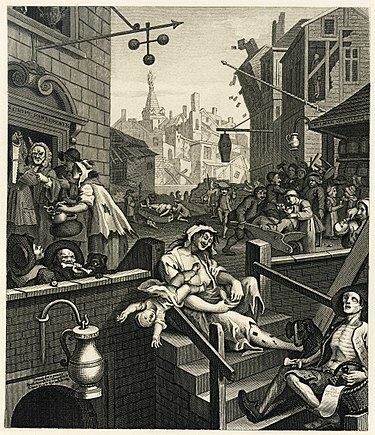1 The historical significance of gin
The name gin is derived from either the French genièvre or the Dutch jenever, which both mean ‘juniper’. As you will learn in this week’s study, the juniper berry is the predominant component of gin.
Gin is, without a doubt, one of the most popular and widely consumed spirits. In fact, Franciscus Sylvius, a Dutch physician and scientist, is often credited with its discovery in the seventeeth century, although references to gin exist as far back as the eleventh century.
By the eleventh century, Italian monks were flavouring crudely distilled spirits with juniper berries. During the Black Death in the mid to late fourteenth century this spirit was used, although ineffectively, as a remedy. As the science of distillation advanced from the Middle Ages into the Renaissance period, juniper was one of many botanicals employed by virtue of its perfume, flavour, and suspected medicinal properties. Sylvius himself originally conceived it as a remedy for the treatment of kidney ailments, lumbago, stomach ailments, gallstones and gout.
However, gin started to increase in popularity as a recreational drink in England after the Government allowed unlicensed gin production and at the same time imposed a heavy duty on all imported spirits. As a result, thousands of gin shops sprang up throughout England in a period known as the Gin Craze in the first half of the eighteenth century. Due to its popularity, gin was blamed for various social problems as depicted by William Hogarth in his ‘Gin Lane’ illustration (Figure 1).
This negative reputation survives today in the English language in terms like ‘mother’s ruin’, a common British name for gin. Paradoxically, the negative connotations are now becoming associated with positive connotations – with the resurgence in the popularity of gin, upmarket bars now frequently refer to ‘mother’s ruin’, where printed copies of Hogarth paintings may also sometimes be found.

